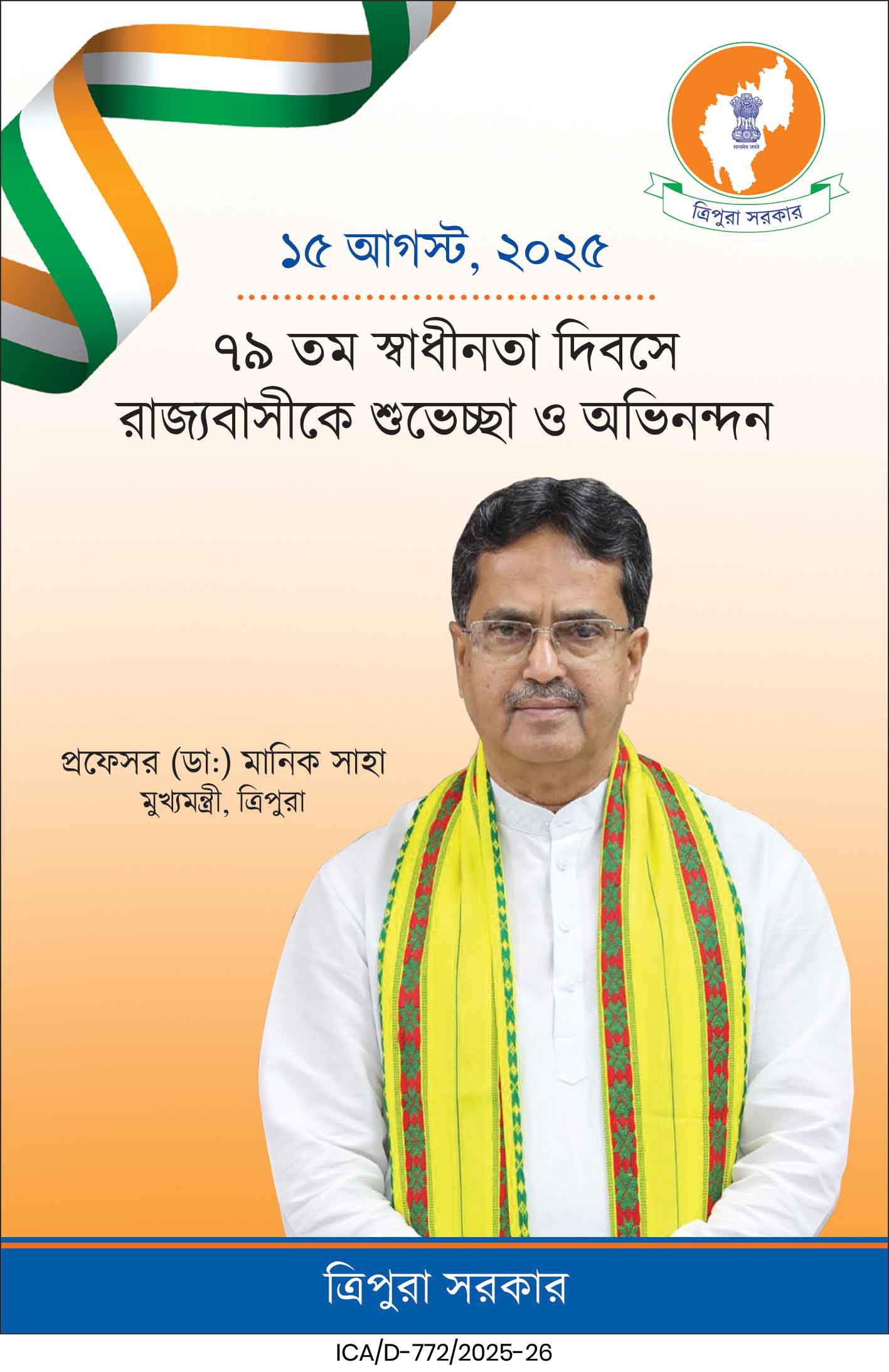RBI Governor Sanjay Malhotra says US tariffs won’t significantly impact India’s growth, emphasizing India’s domestic-driven economy. Despite 50% tariffs, exports to the US rose 13.3%, with talks underway to strengthen trade, energy, and renewable cooperation.
Reserve Bank of India (RBI) Governor Sanjay Malhotra on Wednesday downplayed concerns over the 50 per cent US tariffs on Indian goods, asserting that the impact on the country’s overall growth trajectory would be minimal. Speaking during an event at the IMF-World Bank Annual Meetings in Washington, DC, Malhotra said India’s domestic-driven economy offers a strong buffer against global trade headwinds.
“India is mostly a domestic-driven economy. So, while we are impacted by the higher tariffs, it’s not a matter of huge concern,” Malhotra said, adding, “There will be an upside if we are able to have an early resolution to the tariffs.”
India’s Domestic Resilience
Malhotra’s statement comes amid heightened concerns following the Trump administration’s decision to impose a 50 per cent tariff on a range of Indian goods. However, India’s economic structure—powered largely by domestic consumption, services, and robust industrial growth—has helped insulate it from external shocks.
India’s exports to the US rose to $45.82 billion in the first half of the current financial year (April–September), marking a 13.3 per cent increase over the $40.42 billion recorded in the same period last year. This growth, despite steep tariffs, underscores the strong demand for Indian products in the American market.
Trade Talks in Washington
As India seeks a diplomatic resolution, a high-level trade delegation is currently in Washington for the next round of talks with US officials. India’s chief trade negotiator Rajesh Agrawal is expected to join discussions later this week. Malhotra confirmed that he met members of the Indian negotiating team for breakfast discussions to review the latest developments.
The trade meetings come at a crucial juncture, with both nations looking to expand their strategic and economic engagement. While tariffs remain a sticking point, the talks are also expected to cover energy cooperation and technology transfers in renewable energy.
Energy Cooperation and Diversification
In a statement issued on Wednesday, India’s Commerce Ministry revealed that the country is prepared to import $12–13 billion worth of crude oil and natural gas from the US without disrupting its current refinery configurations. The move aligns with India’s broader goal to diversify energy sources and reduce overdependence on Middle Eastern suppliers.
Officials added that India is also exploring renewable energy partnerships with the US as part of the ongoing trade package. This includes potential cooperation on green hydrogen, solar technologies, and carbon capture systems, which could bolster India’s climate action commitments under the Paris Agreement.
US Domestic Hurdles
Despite progress on multiple fronts, the US government shutdown has slowed the pace of trade negotiations. With a reduced federal workforce, officials from both sides acknowledge that comprehensive negotiations may take longer than expected.
Still, New Delhi remains optimistic. A senior Commerce Ministry official noted that “while the US shutdown poses temporary constraints, both governments remain committed to sustaining trade momentum and resolving tariff-related issues at the earliest opportunity.”
High-Level Diplomatic Engagement
The renewed round of trade discussions follows a series of high-level diplomatic meetings in New Delhi. The newly appointed US Ambassador to India, Sergio Gor, recently met Prime Minister Narendra Modi, External Affairs Minister S. Jaishankar, and National Security Advisor Ajit Doval.
In a post on X (formerly Twitter), Gor stated, “During my visit to India, I met with Commerce Secretary Rajesh Agrawal and discussed US-India economic ties, including increased investment in the United States.”
These engagements signal a growing convergence of interests between the two democracies, spanning not just trade, but also technology, security, and clean energy.
The Road Ahead
While tariffs remain a significant talking point, analysts believe India’s diversified growth model, steady macroeconomic indicators, and expanding digital economy make it less vulnerable to global trade frictions.
| Also Read: Taliban declares 48-hour ceasefire with Pakistan after Islamabad request |
Malhotra’s assurance reflects the RBI’s confidence in India’s resilient domestic market, robust manufacturing base, and increasing foreign investment inflows, which continue to sustain one of the fastest-growing major economies in the world.
As trade discussions continue in Washington, both nations appear poised to strengthen their strategic economic partnership, balancing competitiveness with cooperation in an increasingly complex global environment.





